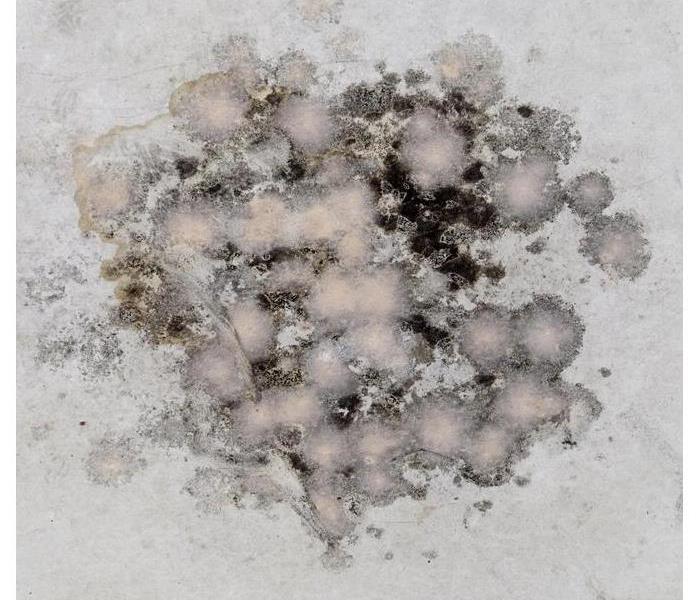3 Main Differences Between Mold and Mildew
3/6/2019 (Permalink)
The Differences Between Mold and Mildew
People often wrongly assume that mold and mildew are the same thing. Although both are types of fungus that you might encounter in your home in Santa Maria, CA, mold damage should be treated differently than mildew. Both mildew and mold are pesky to deal with and are attracted to moisture, but there are several key differences that are important to know when identifying what kind of issue you have on your hands.
1. Mold Is Harder To Get Rid of
If you are able to identify the fungi in your home as mildew growth, you’re in luck! While mold often requires the help of a mold remediation company to completely clean it from your home, mildew simply lies on the surface of moist areas and can easily be cleaned using products you buy from the store. Unfortunately, mold damage can go as far as compromising the structural integrity of your home.
2. Mildew Has a Distinct Appearance
While mold growth takes on various forms, you can often tell when you’re dealing with mildew because it takes on a gray, white, or brown color and is a powdery consistency. Mildew also has a distinct smell. Mold on the other hand can be red, black, green, and several other colors. It will likely have a very foul odor and might have a fuzzy appearance.
3. Mold Penetrates Surfaces
Mildew is most often found on the flat, moist surfaces or on plant materials. On the other hand, mold damage can make its way deep into materials causing a much larger issue. This is why mold can be found within walls and deep in the structure of your home when left untreated.
While both mold and mildew are frightening to find in your home, mold growth is overall a much larger issue than mildew. Learn how to tell the difference so you can know whether you need to call in the professionals or if you simply need to grab some cleaning supplies and get scrubbing.





 24/7 Emergency Service
24/7 Emergency Service
